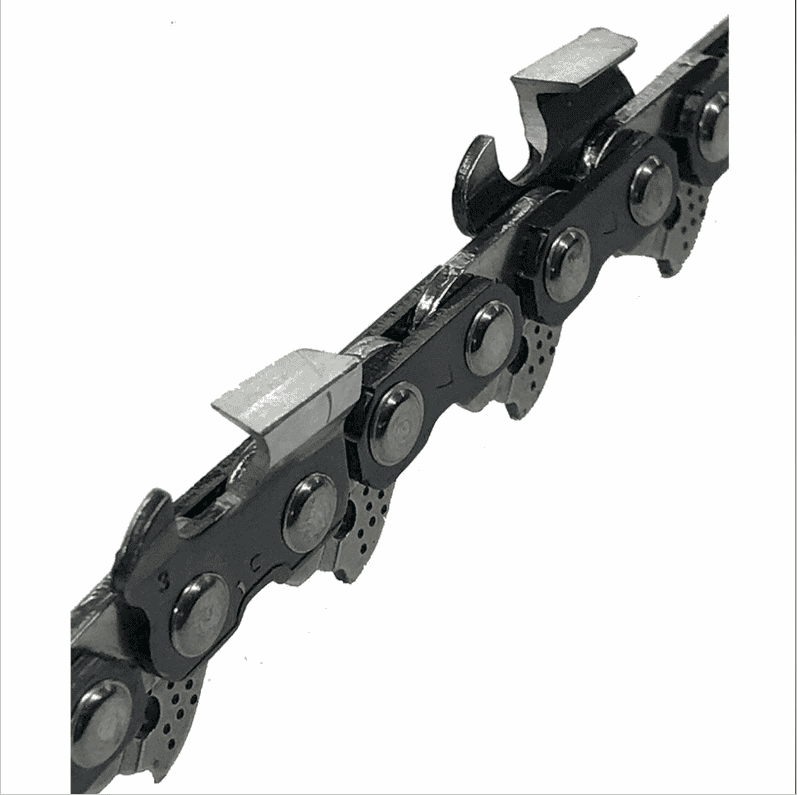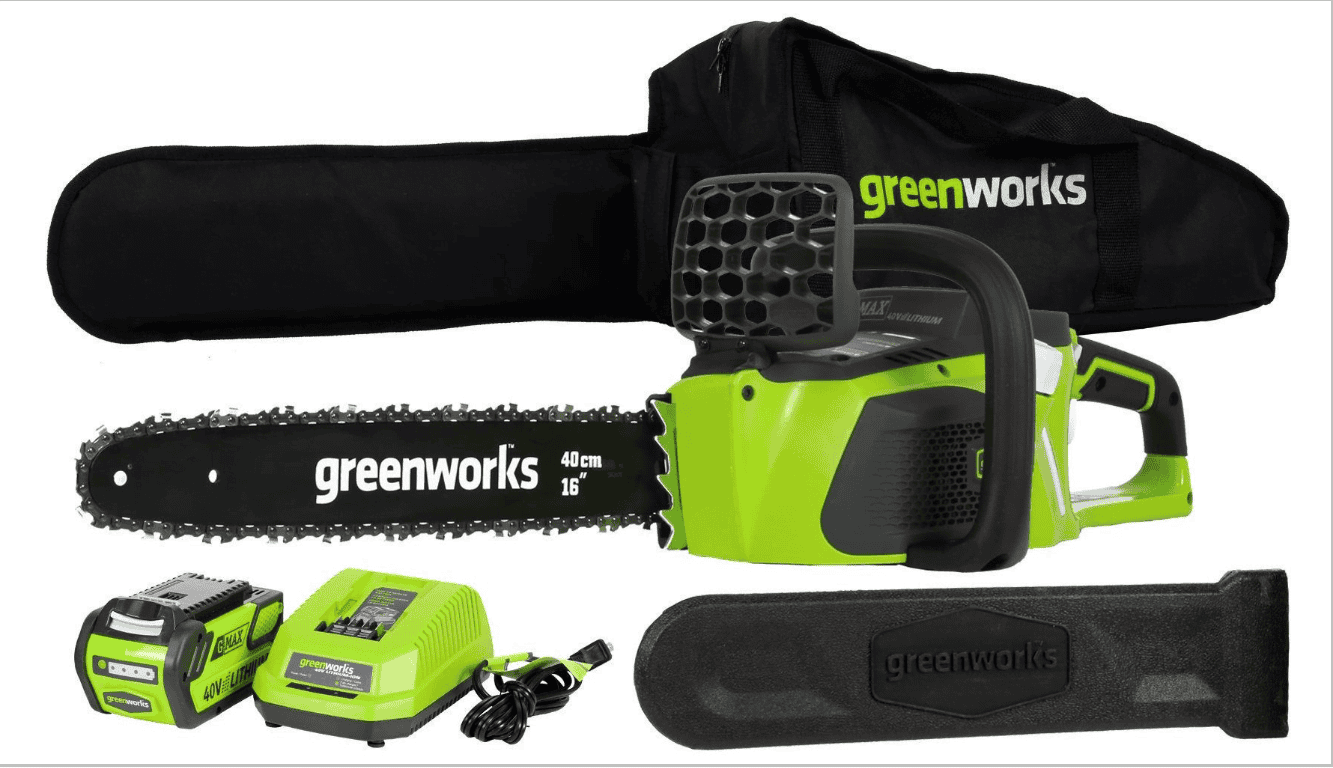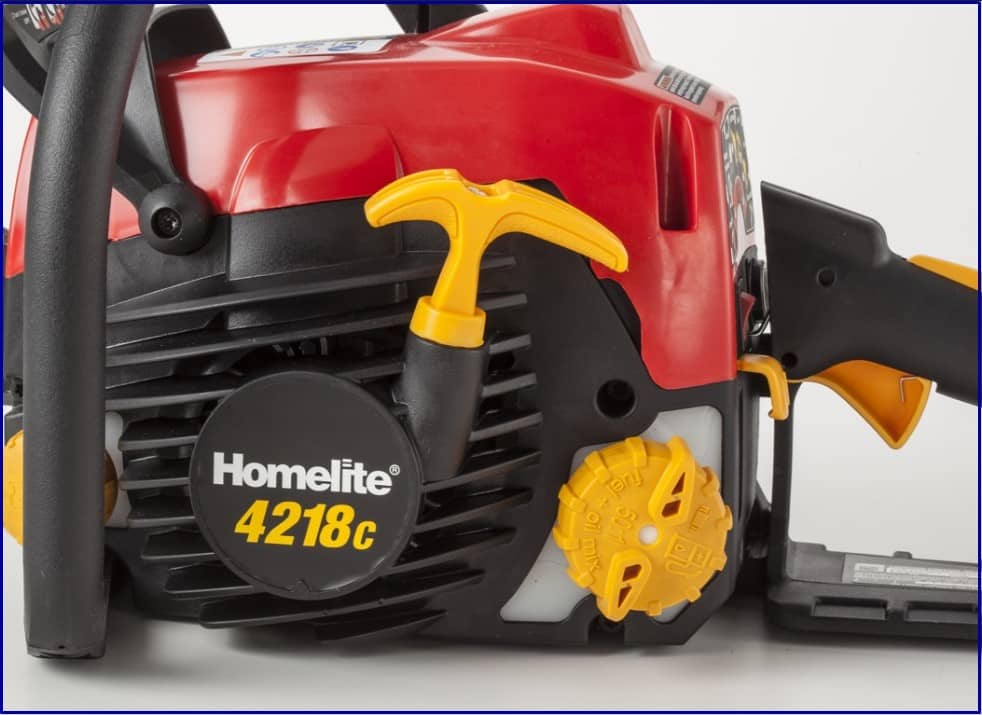Starting a Stihl chainsaw correctly ensures smooth operation and prolongs the life of your saw. Whether you’re learning how to start a Stihl MS250 chainsaw, how to start a Stihl 170 chainsaw, or another model, this guide covers the proper steps for safe and efficient starting.
We’ll walk through cold starts, warm starts, troubleshooting tips, and model-specific instructions for popular Stihl chainsaws like the Stihl 250 chainsaw and Stihl MS 170.

Before You Start: Safety Precautions
- Wear Protective Gear – Gloves, eye protection, and sturdy footwear.
- Check the Chain & Bar – Ensure proper tension and lubrication.
- Inspect Fuel & Oil – Use fresh, high-quality gasoline and bar oil.
- Clear the Work Area – Remove tripping hazards and obstacles.
For more safety tips, visit Stihl’s official safety guide.

How to Start a Stihl Chainsaw (General Steps)
Most Stihl chainsaws follow a similar starting procedure. Here’s how to do it safely:
1. Place the Saw on a Flat Surface
- Ensure the chain isn’t touching anything.
2. Engage the Chain Brake
- Push the brake forward (prevents accidental chain movement).
3. Turn On the Master Control Lever
- Move the switch to the “On” (I) position.
4. Set the Choke (Cold Start Only)
- For a cold engine, push the choke lever up (full choke).
- For a warm engine, leave it in the half-throttle or run position.
5. Press the Primer Bulb (If Equipped)
- Some models (like the Stihl MS 170) have a primer—press it 5-6 times.
6. Pull the Starter Rope
- Hold the handle firmly with one hand.
- Pull the starter rope sharply until the engine fires (usually 3-5 pulls).
7. Disengage the Choke
- Once the engine sputters, push the choke lever down (run position).
8. Squeeze the Throttle to Start
- Pull the starter rope again to fully start the saw.
9. Disengage the Chain Brake
- Pull the brake handle back toward you before cutting. How to Start a Homelite Chainsaw: Step-by-Step Guide

Model-Specific Starting Instructions
How to Start a Stihl MS250 Chainsaw
- Set the master control lever to “On.”
- Engage full choke (cold start).
- Press the decompression valve (if equipped) to reduce pulling effort.
- Pull the starter rope until the engine fires.
- Disengage choke and pull again to fully start.
How to Start a Stihl 170 Chainsaw
- Turn the master control to “On.”
- Push the choke lever up (cold start).
- Press the primer bulb 5 times.
- Pull the starter rope until the engine starts.
- Push the choke down and rev slightly to warm up.
For more details, check the Stihl MS 170 manual.
Troubleshooting: Why Won’t My Stihl Chainsaw Start?
1. Flooded Engine
- Symptoms: Smell of gas, no start after multiple pulls.
- Fix: Wait 10 minutes, set choke to “Off,” and pull without throttle.
2. Old or Bad Fuel
- Symptoms: Engine sputters but won’t run.
- Fix: Drain old fuel and refill with fresh mix (50:1 for most Stihl saws).
3. Clogged Air Filter
- Symptoms: Hard starting, poor performance.
- Fix: Clean or replace the air filter.
4. Faulty Spark Plug
- Symptoms: No ignition, weak spark.
- Fix: Replace the spark plug (NGK BPMR7A for most Stihl models).
For advanced repairs, visit Stihl’s service center locator.
Warm vs. Cold Starting a Stihl Chainsaw
| Scenario | Choke Position | Primer Bulb | Throttle |
|---|---|---|---|
| Cold Start | Full Choke | Press 5x | None |
| Warm Restart | Half Choke/Off | Optional | Slight Throttle |
Maintenance Tips to Ensure Easy Starting
- Use Fresh Fuel – Stihl recommends ethanol-free gas with their MotoMix (buy here).
- Store Properly – Run the saw dry or use fuel stabilizer for long-term storage.
- Clean the Spark Arrestor – Located in the muffler (clogs can prevent starting).
- Check Fuel Lines – Cracks or leaks can cause hard starting.
Final Thoughts
Now that you know how to start a Stihl chainsaw, whether it’s an MS 250, MS 170, or another model, you can tackle your cutting tasks with confidence. Always follow proper starting procedures and maintain your saw regularly for the best performance.
For more chainsaw tips, visit OSHA’s Chainsaw Safety Guide.
Happy cutting!






